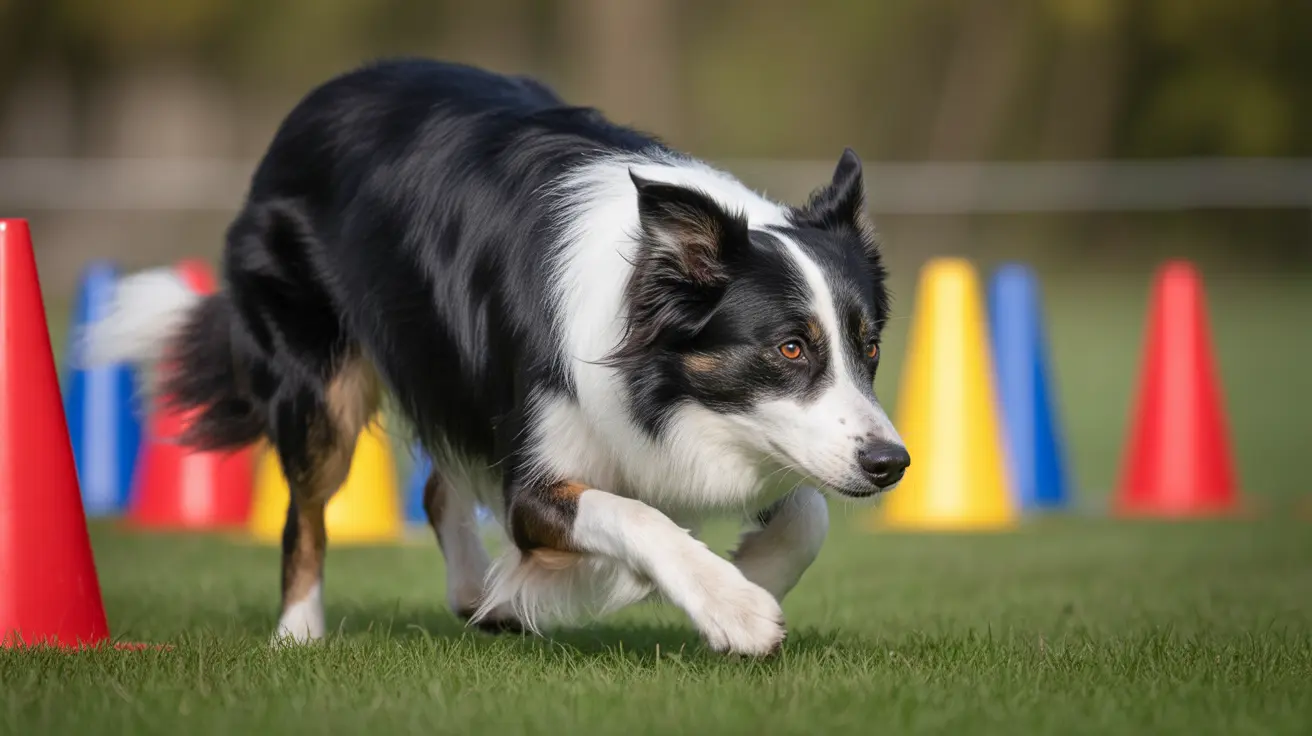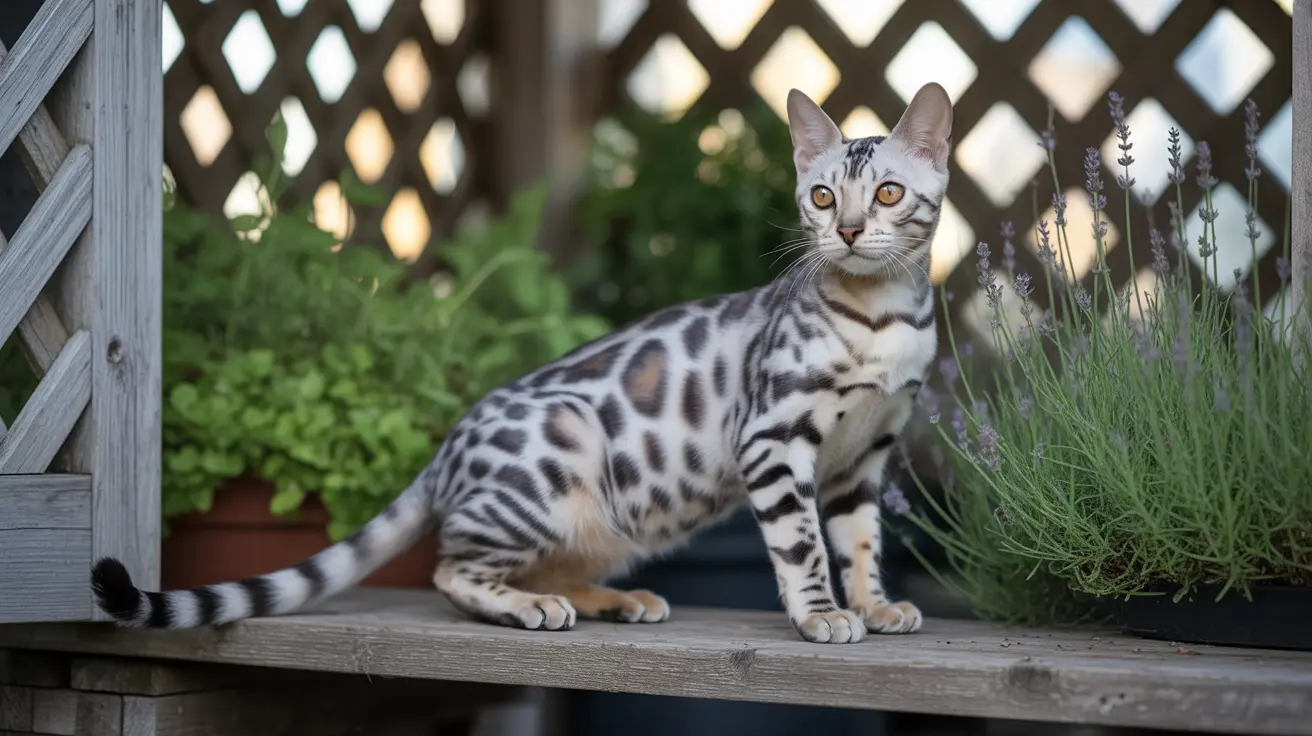Popular Dog Sports and Fitness Trends: The Complete Guide to Active Adventures with Your Canine Companion
Dog sports and fitness trends have exploded in popularity as pet owners increasingly seek meaningful ways to bond with their four-legged companions while maintaining active lifestyles. These competitive activities are far more than just exercise routines—they represent a dynamic partnership between dog and handler that strengthens communication, builds confidence, and provides both physical and mental stimulation for dogs of all ages and abilities.
From the precision of Rally Obedience to the high-energy excitement of Flyball, today's dog sports landscape offers something for every dog-owner team, regardless of experience level or physical capability. Whether you're looking to try a beginner-friendly activity in your backyard or compete at the highest levels of tournament dog sports, understanding the diverse world of canine athletics can help you discover the perfect fit for your lifestyle and your dog's unique personality and abilities.
This comprehensive guide explores the most popular dog sports and fitness trends, providing you with the knowledge to make informed decisions about which activities might work best for your canine partner while highlighting the remarkable benefits these pursuits offer for both dogs and their devoted handlers.
Getting Started: Beginner-Friendly Dog Sports
Rally Obedience: The Perfect Introduction to Competitive Dog Sports
Rally Obedience stands out as one of the most accessible entry points into the world of dog sports and fitness trends. This beginner-friendly sport involves navigating a timed obedience course with numbered stations, each requiring specific tasks such as sits, stays, turns, and position changes. What makes Rally Obedience particularly appealing is its emphasis on fun and teamwork rather than rigid perfection.
The beauty of Rally Obedience lies in its flexibility—you can practice in a dedicated dog training area or even set up courses at home using simple props. Unlike traditional obedience trials where silence is golden, Rally Obedience encourages handlers to communicate with their dogs throughout the course, making it feel more like a collaborative dance than a formal test. This constant communication helps build the essential bond that makes all dog sports more enjoyable and successful.
Trick Training and Canine Freestyle
For those seeking creative expression in their dog sports journey, Trick Training and Heelwork to Music (Canine Freestyle) offer wonderful opportunities for artistic collaboration. Trick Training focuses on teaching dogs entertaining behaviors that keep them mentally active while emphasizing the pure joy of learning together. These activities can be as simple as teaching a "play dead" command or as complex as choreographed routines set to music.
Canine Freestyle takes this concept further by combining obedience skills with choreographed performances, where dogs and handlers move in sync to music while performing tricks and movements. This sport celebrates the unique personality of each dog-handler team and allows for tremendous creativity in developing routines that showcase both technical skill and artistic flair.
High-Energy Competitive Sports
Turnierhundesport: The Ultimate Multi-Discipline Challenge
Turnierhundesport, or tournament dog sport, represents the pinnacle of athletic competition in dog sports and fitness trends. This comprehensive discipline combines multiple challenges including obedience work, hurdle jumping, slalom weaving, and cross-country running, all culminating in team-based competitions like the prestigious Combinations Speed Cup (CSC).
What sets Turnierhundesport apart is its demand for versatility and endurance from both dog and handler. Teams must excel across diverse skill sets, from the precision required in obedience segments to the speed and agility needed for hurdle courses. The sport's multi-discipline format ensures that dogs receive comprehensive physical and mental exercise while handlers develop expertise in various training techniques.
Agility and High-Speed Competition Sports
Agility remains one of the most popular dog sports worldwide, featuring fast-paced obstacle courses that include jumps, tunnels, weave poles, and contact obstacles like A-frames and teeter-totters. This sport improves coordination, physical fitness, and mental stimulation while enhancing communication between dog and owner through precise handling cues and timing.
Flyball offers another high-energy option, featuring relay races where teams of dogs jump hurdles, trigger a box that releases a tennis ball, retrieve it, and race back to their handlers. This sport encourages teamwork, focus, and provides excellent cardiovascular exercise for dogs while creating an exciting competitive atmosphere that energizes both participants and spectators.
Specialized and Unique Dog Sports
Scent-Based Activities and Mental Challenges
Scentwork, also known as Nose Work, taps into dogs' extraordinary olfactory abilities by teaching them to locate specific scents hidden in various environments. This sport boosts confidence, provides intense mental challenge, and remains suitable for dogs of all ages and physical abilities. Mantrailing takes scent work further by having dogs follow specific human scent trails to locate individuals, promoting natural hunting instincts while building problem-solving skills.
These scent-based sports offer particular benefits for dogs who may not be suited for high-impact physical activities, providing mental exhaustion that can be just as satisfying as physical exercise. The dog-led nature of these activities also helps build confidence in shy or nervous dogs while strengthening the communication bond with their handlers.
Low-Impact and Adaptive Sports
Canine Hoopers provides an excellent low-impact alternative for dogs who need gentler exercise options. This sport involves dogs moving through hoops, around barrels, and through tunnels arranged in courses without requiring jumping, focusing instead on dexterity, flexibility, and teamwork. Dog Parkour similarly offers low-impact fitness by using urban or natural obstacles to build confidence and agility without the stress of formal jumping requirements.
For older dogs or those with mobility concerns, Pilates for Dogs has emerged as a valuable fitness trend, focusing on exercises that improve strength, balance, and flexibility. These activities demonstrate how modern dog sports adapt to serve dogs throughout their entire lifespan, ensuring that fitness and bonding opportunities remain available regardless of age or physical limitations.
Choosing the Right Sport for Your Dog
Breed Considerations and Personality Matching
Selecting appropriate dog sports requires careful consideration of your dog's breed traits, individual temperament, and physical capabilities. Herding breeds often excel in agility and obedience-based sports due to their natural desire to work closely with handlers, while scent hounds typically thrive in tracking and nose work activities that utilize their exceptional olfactory abilities.
High-energy breeds may gravitate toward sports like Flyball, Bikejoring, or Disc Dogs, while more methodical personalities might prefer the steady pace of Rally Obedience or the problem-solving aspects of Scentwork. The key lies in observing your dog's natural interests and energy levels, then matching these traits with sports that will feel rewarding rather than stressful.
Health and Safety Considerations
Before beginning any dog sports program, veterinary consultation is essential to ensure your dog's readiness for increased physical activity. Dogs must be at least 15 months old for most competitive sports to protect developing joints, and they should be current on vaccinations and have appropriate insurance coverage for training and competition activities.
Proper warm-up and cool-down procedures are crucial for injury prevention, just as they are for human athletes. Gradual conditioning, attention to surface conditions, weather considerations, and recognition of fatigue signs all play vital roles in maintaining your dog's health throughout their sports career. Most importantly, basic obedience training provides the foundation that makes all other dog sports safer and more enjoyable.
Getting Involved: Clubs, Training, and Certification
Finding the Right Training Environment
While many dog sports can be practiced at home, joining a club or training facility offers numerous advantages for both beginners and experienced handlers. Clubs provide access to proper equipment, experienced instructors, and the social benefits of training alongside other dog-handler teams. Many organizations offer trial courses that allow you to sample different sports before making commitments to ongoing training programs.
For those serious about competition, pursuing certifications like companion dog exams opens doors to tournament participation and provides structured goals that can guide your training progression. These certifications also demonstrate your commitment to responsible dog ownership and proper training techniques within the dog sports community.
Benefits Beyond Competition
The advantages of participating in dog sports extend far beyond ribbons and trophies. Regular engagement in structured physical activities improves both human and canine fitness levels while providing mental stimulation that can reduce behavioral problems and increase overall life satisfaction. Dogs involved in sports often show increased confidence, better social skills, and stronger bonds with their handlers.
The problem-solving nature of most dog sports also enhances dogs' intelligence and adaptability, creating more well-rounded companions who are better equipped to handle new situations and challenges. For handlers, these activities provide stress relief, social connections within the dog community, and the satisfaction of achieving goals through partnership and dedication.
Frequently Asked Questions
What age should my dog be to start participating in dog sports?
Most competitive dog sports require dogs to be at least 15 months old to protect developing joints and growth plates. However, basic training and preparation can begin much earlier with age-appropriate activities. Puppy socialization classes and basic obedience training provide excellent foundations for future sports participation, while gentle activities like trick training can begin as early as 8-12 weeks old.
Are there breed restrictions for dog sports participation?
Most dog sports welcome all breeds and mixed breeds, with activities adapted to suit different physical capabilities and natural instincts. While certain breeds may excel in specific sports due to their genetic traits—such as Border Collies in agility or Bloodhounds in scent work—virtually any healthy dog can participate in some form of dog sport with proper training and conditioning.
How much does it cost to get started in dog sports?
Initial costs vary significantly depending on the chosen sport and level of involvement. Basic sports like Rally Obedience or trick training require minimal equipment investment, while sports like agility may require access to specialized obstacles. Club memberships, training classes, entry fees, and equipment purchases should all be considered, but many clubs offer beginner packages or trial periods to help newcomers get started affordably.
Can older dogs participate in dog sports?
Absolutely! Many dog sports can be adapted for senior dogs, with low-impact options like Canine Hoopers, gentle nose work, or modified agility courses providing excellent exercise and mental stimulation. Dog Pilates specifically targets senior dogs' needs for maintaining strength, balance, and flexibility. The key is choosing activities appropriate for your dog's current physical condition and energy level.
How often should we train and compete?
Training frequency depends on the sport, your dog's fitness level, and your goals. Most successful teams train 2-3 times per week with shorter, focused sessions being more effective than lengthy training marathons. Competition frequency varies by sport and personal preference, with many handlers starting with local club events before progressing to regional or national competitions.
What if my dog doesn't seem interested in competitive sports?
Not every dog will enjoy formal competition, and that's perfectly normal. Many of the skills and activities used in dog sports can be adapted for casual home practice, focusing on fun and bonding rather than competition readiness. The mental stimulation and physical exercise benefits remain valuable whether you're training for championships or simply enjoying quality time with your canine companion.
Do I need special insurance for dog sports participation?
Many dog sports organizations require liability insurance for competition participation, and some activities may not be covered under standard pet insurance policies. Check with your insurance provider about coverage for sports-related injuries and consider specialized canine sports insurance if you plan to compete regularly or participate in higher-risk activities.
Conclusion
Dog sports and fitness trends offer an incredible variety of opportunities for strengthening the bond between dogs and their handlers while promoting physical health and mental stimulation. From the accessible fun of Rally Obedience to the demanding challenges of Turnierhundesport, these activities provide pathways for dogs of all ages, breeds, and ability levels to engage in rewarding partnerships with their human companions.
The key to success in any dog sport lies in choosing activities that match your dog's personality, physical capabilities, and your own lifestyle and goals. Whether you're seeking casual fitness activities or competitive excellence, the world of dog sports provides endless opportunities for growth, learning, and the pure joy of working as a team with your four-legged partner. Start with beginner-friendly options, prioritize safety and proper training, and most importantly, remember that the greatest reward comes from the strengthened relationship and shared adventures you'll experience along the way.






